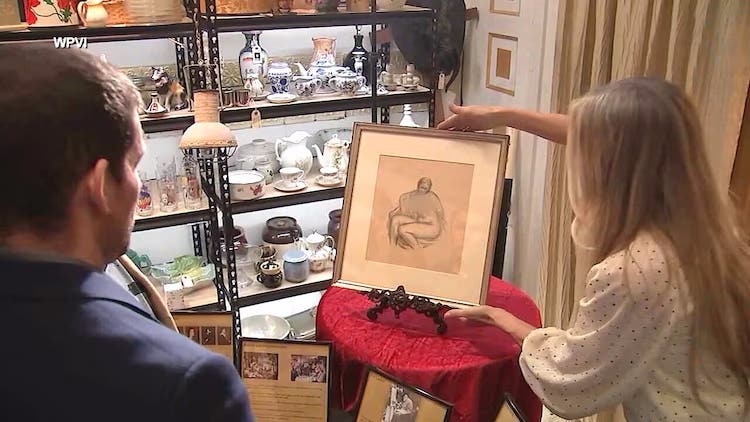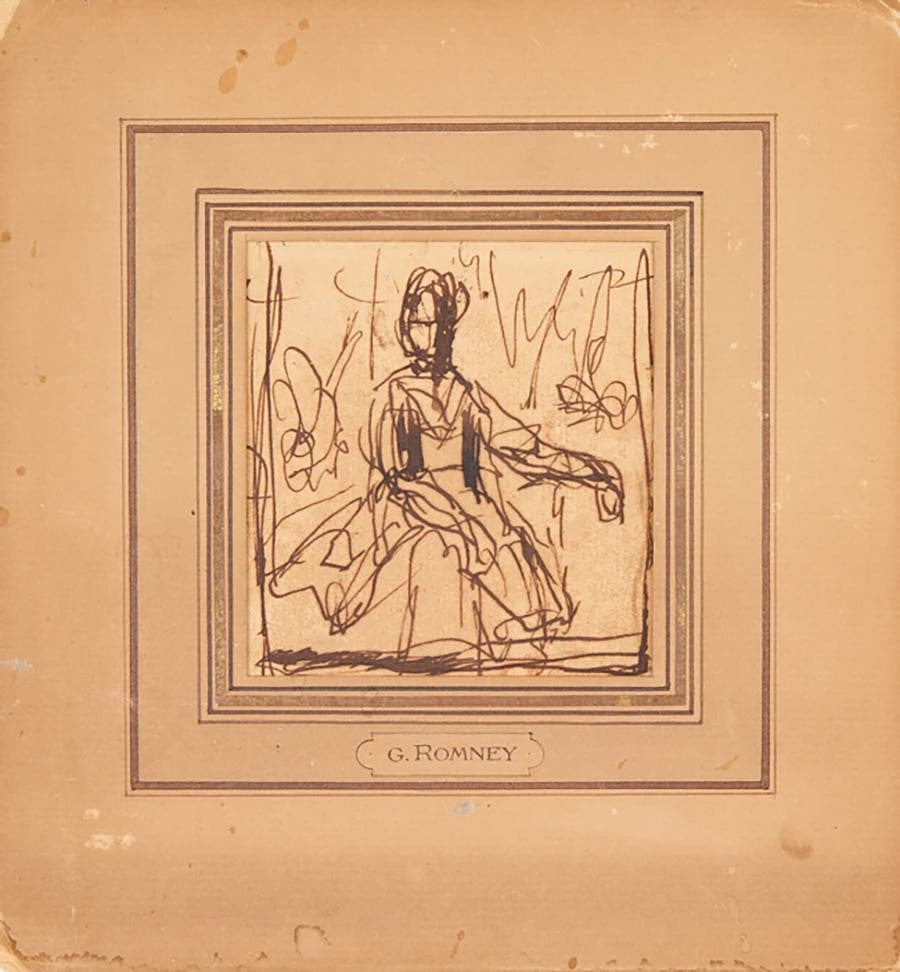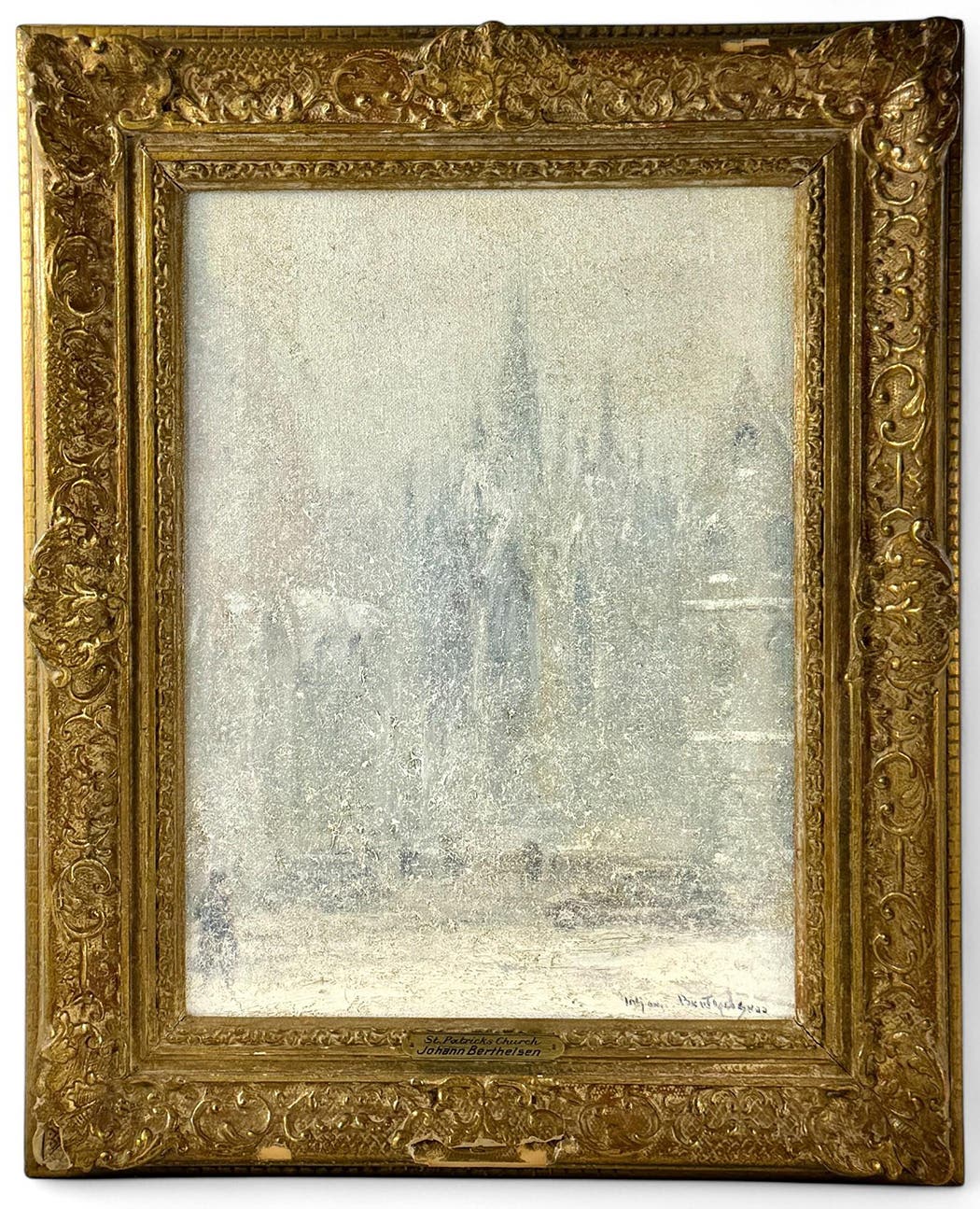Celebrating Norman Rockwell’s ‘Four Freedoms’
How in 1943, Rockwell’s stirring ‘Four Freedoms’ amounted to an inspired defense of national values, a pictorial rebuke to fascists the world over.
Sometimes they are just words.
No matter how noble or righteous they are, sometimes they are still only so many words tumbling out of a politician’s mouth. President Franklin D. Roosevelt was about to discover that as he stood before Congress to deliver his eighth State of the Union address on Jan. 6, 1941.
The speech was intended to rally support for British and Allied troops in World War II. The likelihood of Roosevelt inspiring anything but apathy was as bleak as a winter’s day.
It was the height of isolationism in the United States. Still reeling from the horrors of World War I, many Americans wanted nothing to do with the world’s problems. A series of Neutrality Acts in the 1930s were all part of the country’s efforts to distance itself from foreign entanglements, and most definitely war.
On this stage, FDR made his case.
“In the future days, which we seek to make secure, we look forward to a world founded upon four essential human freedoms,” Roosevelt said of his postwar world vision. The four freedoms Roosevelt outlined that night: freedom of speech, freedom of worship, freedom from want and freedom from fear.
Beautiful and bold words, they received a chilly reception. Congress barely applauded. The next day’s newspapers didn’t mention the four freedoms. Instead, a collective yawn could be heard across the nation.
And then Norman Rockwell picked up his paintbrushes.
Rockwell, who was emerging as the artist-of-the-people thanks to his cover work with the wildly popular Saturday Evening Post, captured America’s imagination in a way that Roosevelt’s words never could.
It took Rockwell seven months to paint his “Four Freedoms” illustrations – a Lincolnesque working man standing up and speaking at a town meeting; a cluster of profiles of people in prayer; a mother and father watching over two sleeping children; and a family gathered around the Thanksgiving table.
Printed in four successive issues of The Saturday Evening Post in 1943, Rockwell’s “Four Freedoms” were a resounding hit with the American public. Employing the painter’s own Arlington, Vt., neighbors as subjects, the folksy illustrations packed more emotional punch than Roosevelt’s soaring oratory ever could.
“He was a remarkable narrative artist and shaped the narrative in this country,” says Mary Berle, chief educator at the Norman Rockwell Museum in Stockbridge, Mass. “Print was the center of the universe and The Saturday Evening Post was central in shaping the way people felt. He galvanized American opinion. He set a tone around who we are, who we can be and sometimes he helped us to feel decent.”
Not surprisingly, Rockwell’s ability to take big ideas and boil them down like so much maple syrup worked.
After their publication, the Post received 25,000 requests for reprints. In May 1943, representatives from the Post and the U.S. Department of the Treasury announced a joint campaign to sell war bonds and stamps. They would send the “Four Freedoms” paintings along with 1,000 original cartoons and paintings by other illustrators and original manuscripts from The Saturday Evening Post on a national tour.
Traveling to 16 cities, the exhibition attracted more than a million people who purchased $133 million in war bonds and stamps. Bonds were sold in denominations of $25, $100, and $1,000, and each person who purchased one received a set of prints of the four paintings. In addition, the Office of War Information printed four million sets of posters of the paintings. Each was printed with the words “Buy War Bonds.” They were distributed in U.S. schools and institutions and overseas.
“He now became enshrined as America’s leading Patriot-Painter,” Deborah Solomon wrote in her Rockwell biography, American Mirror: The Life and Art of Norman Rockwell. “In the eyes of millions of Americans, his scenes … amounted to an inspired defense of national values, a pictorial rebuke to fascists the world over.”
The artist, however, saw his work in far simpler terms.
“Without thinking too much about it,” Rockwell once said, “I was showing the America I knew and observed to others who might not have noticed.”
Born in New York City in 1894, Rockwell was hired as art director of Boy’s Life, the official publication of the Boy Scouts of America, while still in his teens. In 1916, the 22-year-old Rockwell painted his first cover for The Saturday Evening Post, the magazine considered by Rockwell to be the “greatest show window in America.”
All told, Rockwell illustrated 323 covers of The Saturday Evening Post during his nearly five-decade relationship with the magazine. In 1963, he left the Post to work for Look magazine. During his 10-year association with Look, Rockwell painted pictures illustrating some of his deepest concerns and interests, including civil rights, America’s war on poverty and the exploration of space.
“The ‘Four Freedoms’ really invite us to think about what freedom means today,” Berle says. “And there’s a huge, wonderful conversation around what it means to be an American. His ability to engage us joyfully around warm themes we can all relate to and also bring us to thinking about very important human issues is unparalleled.
“We see people in the museum from all over the world who are experiencing Rockwell both on a personal level in terms of their own stories no matter where they are from and then also to make sense of American history,” Berle says. “He was certainly peddling nostalgia and yet he was very awake.
“When he moved over to Look magazine in the ’60s and created his civil rights images that was a huge gift to the American people and to the world to help viewers begin to understand that movement from an empathic perspective and the perspective of Ruby Bridges, the little girl in The Problem We All Live With.
Rockwell’s 1964 painting of Bridges, the first black child to attend an all-white elementary school in the South, is considered an iconic image of the civil rights movement.
Despite it all, Rockwell has his share of critics. Detractors of his work viewed him as a “cornball and a square,” Solomon writes in American Mirror.
“Rockwell’s greatest sin as an artist is simple,” wrote Blake Gopnik in a Washington Post review of Rockwell’s paintings at the Smithsonian. “His is an art of endless cliché.”
The champion of Abstract Expressionism, essayist Clement Greenberg, was one of those who chided Rockwell’s work for being sentimental and commercial, criticizing the artist because he “chose not to be serious.”
But Rockwell was deeply serious about his art, Berle says. And, besides, if recent auction results are any indication, the art-buying world is most definitely serious about Rockwell’s art.
Rockwell’s 1951 painting, Saying Grace, set an auction record for his work, selling at Sotheby’s for $46 million. Filmmaker and Star Wars creator George Lucas will feature his collection of Rockwell paintings in the $1.5 billion Lucas Museum of Narrative Art, currently under-construction in Los Angeles. And while the final amount was not disclosed, Lucas announced that he purchased Rockwell’s 1950 painting Shuffleton’s Barbershop at auction. The pre-auction estimate for the 1950 painting was between $20-$30 million.
“Norman Rockwell is one of our nation’s most important storytellers, and this cultural treasure will continue to be seen and enjoyed by the public in an American museum, where it will be a source of inspiration for generations to come,” said Don Bacigalupi, founding president of the Lucas Museum, in a statement.
In 1977, Rockwell received the nation’s highest civilian honor, the Presidential Medal of Freedom. A year later, on Nov. 8, 1978, after creating some 4,000 images, Rockwell died peacefully at his home in Stockbridge. He was 84.
The world has changed greatly since Rockwell painted “Four Freedoms.” In the 1940s, the U.S. was almost 90 percent white; today, racial minorities make up more than a quarter of our population. In Rockwell’s day, about 90 percent of Americans were Christians; today’s spiritual modes are much more varied.
Print was the dominant medium in the 1940s. The Saturday Evening Post, at its height of influence, had 6.4 million subscribers. Today, Dwayne “The Rock” Johnson has 150 million followers on Instagram alone. The influencers of today are many and they are powerful. And yet, the pull of a skilled storyteller endures, reminding us all of what is possible.
“Some say life will never be as perfect as life in a Norman Rockwell painting,” his granddaughter, Abigail Rockwell, once wrote. “But my grandfather’s work isn’t about an unachievable ideal. Pop’s work is about believing in the goodness of people. It’s about finding that goodness in ourselves and others and in the moments we spend with one another.”
It’s true. Sometimes words are just words. And sometimes, as was the case with Norman Rockwell, they become more.
You May Also Like:
Paul Kennedy is Editorial Director of the Collectibles Group at AIM Media. He enjoys Mid-century design, photography, vintage movie posters and people with a good story to share. Kennedy has more than twenty-five years of experience in the antiques and collectibles field, including book publishing. Reach him at PKennedy@aimmedia.com.








